CRSE108 - Ethical Failure: A Case Study of the Exxon Valdez Oil Spill
VerifiedAdded on 2023/06/11
|13
|521
|351
Presentation
AI Summary
This presentation examines the Exxon Valdez oil spill, a significant environmental disaster caused by the Exxon Shipping Company's oil tanker in 1989. The presentation details the incident, its causes including failures in supervision, vessel planning, and maintenance, and the immediate response involving mechanical cleanup and the support of Alaska residents and Exxon employees. It further elaborates on the spill's impact on Exxon, including criticism, revenue loss, and reputational damage, and recommends improved maintenance, equipment checks, and employee training to prevent similar incidents. The presentation concludes by emphasizing the destruction of sea life, the company's loss of reputation, and the importance of awareness and preparedness in mitigating such issues, referencing several research articles on the long-term effects of the spill.
1 out of 13
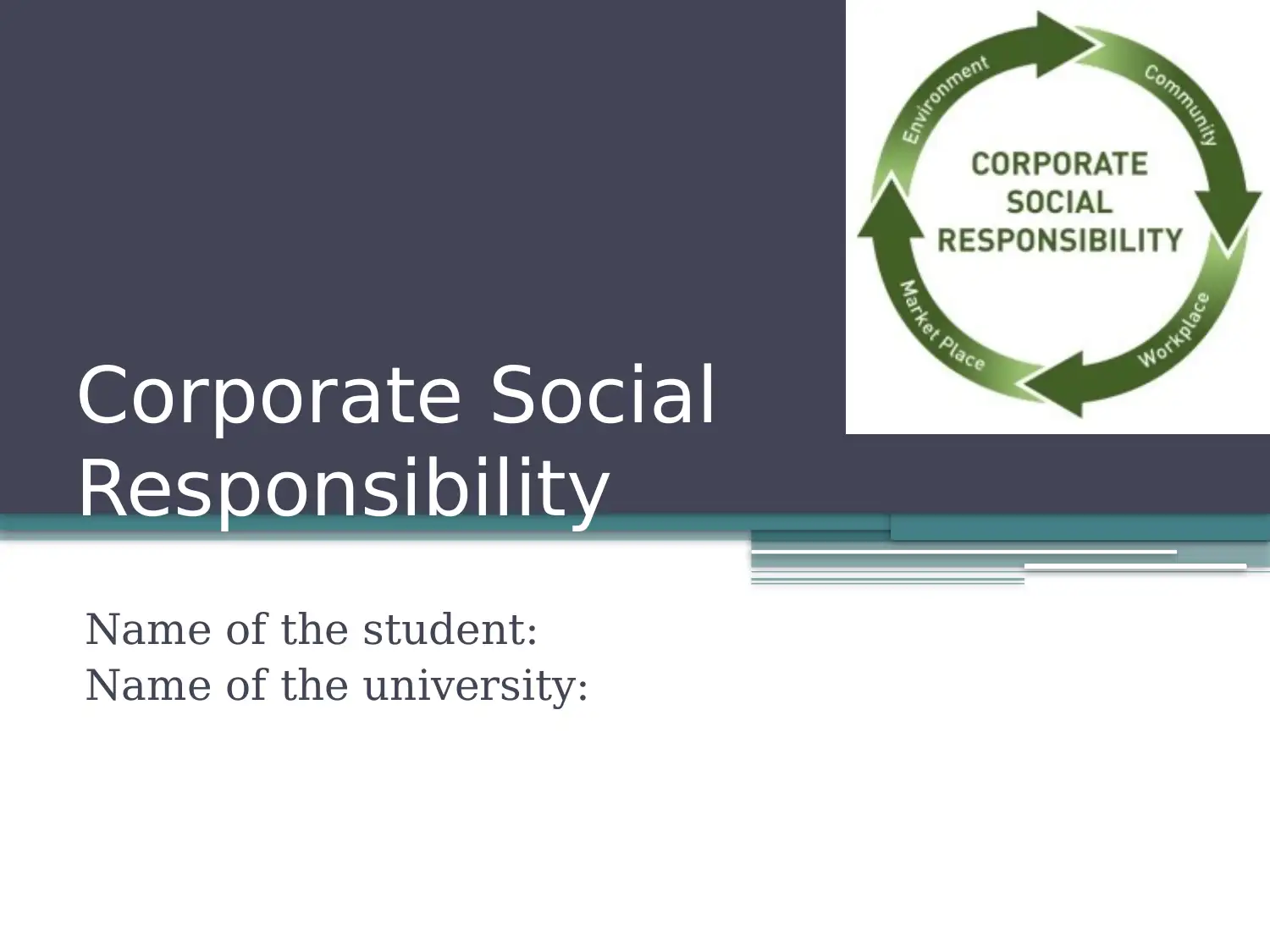
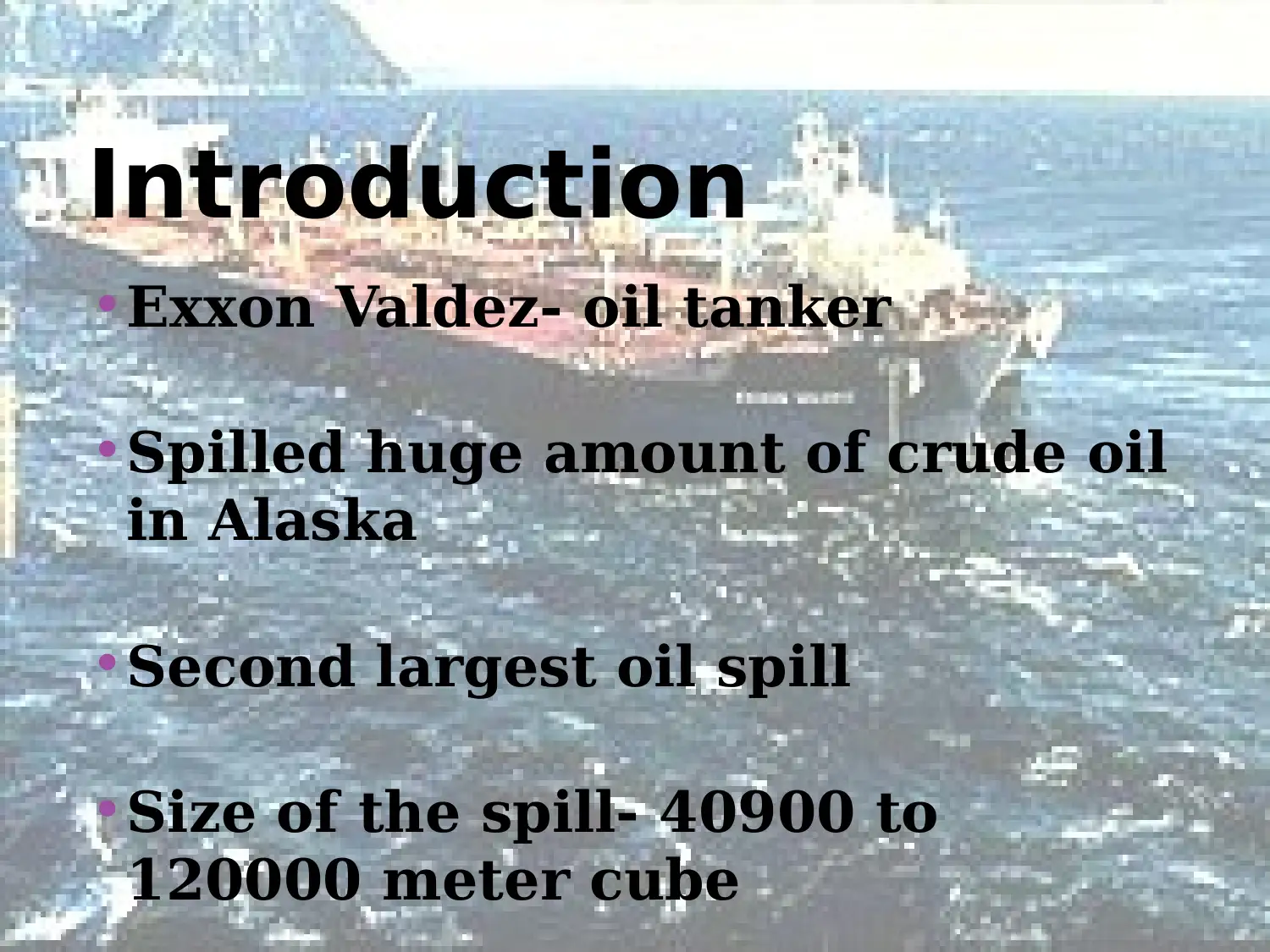
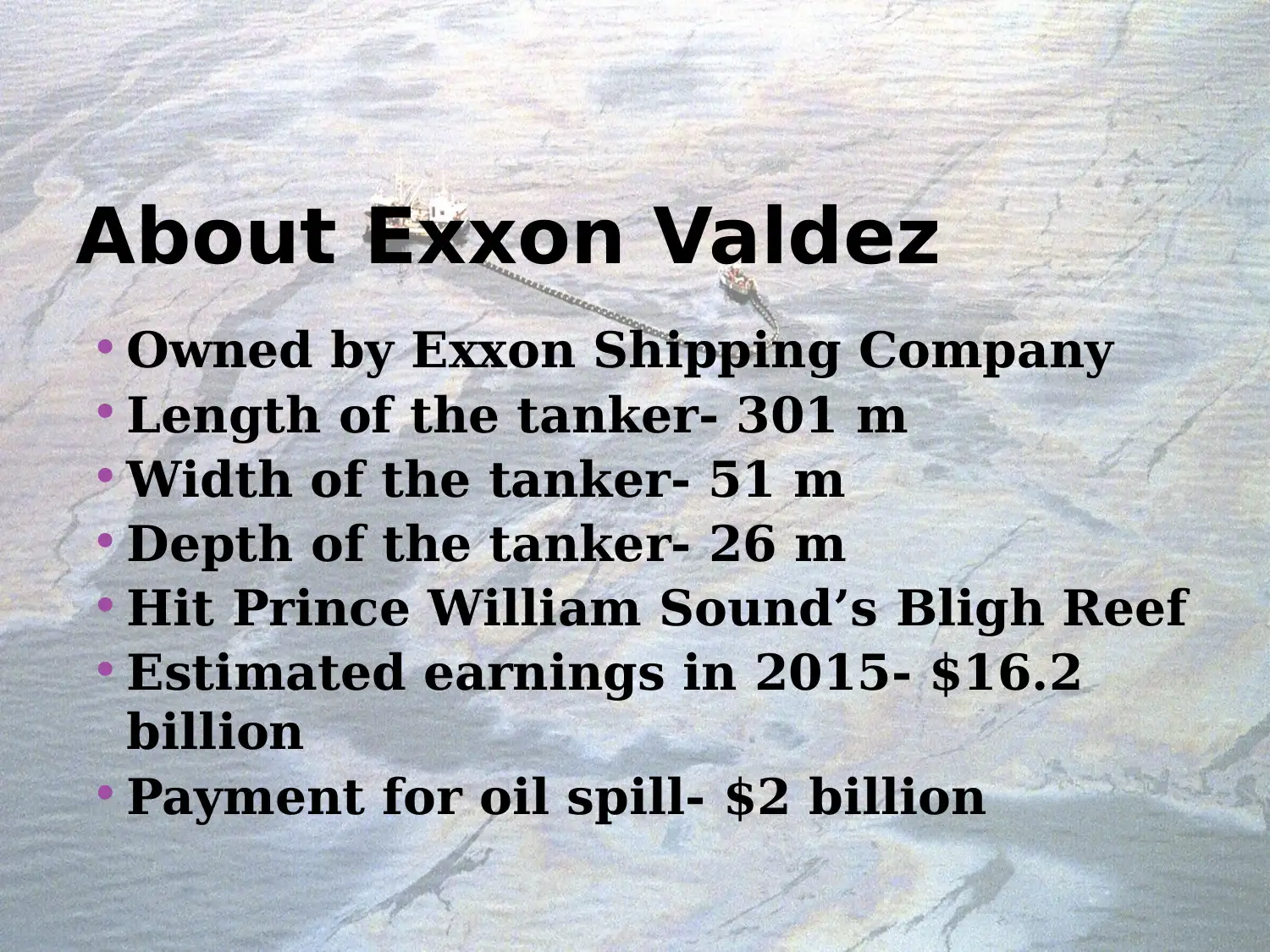

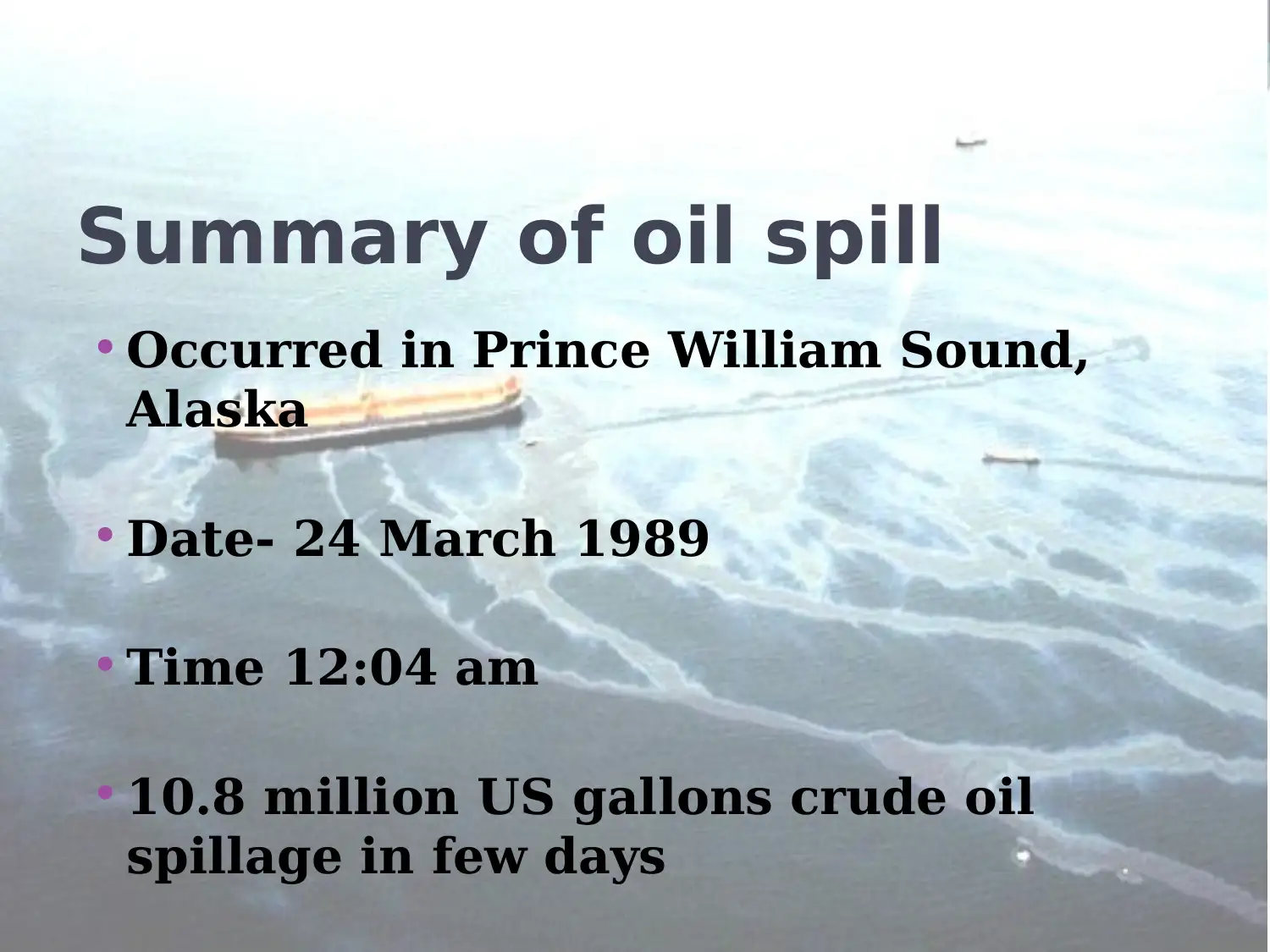

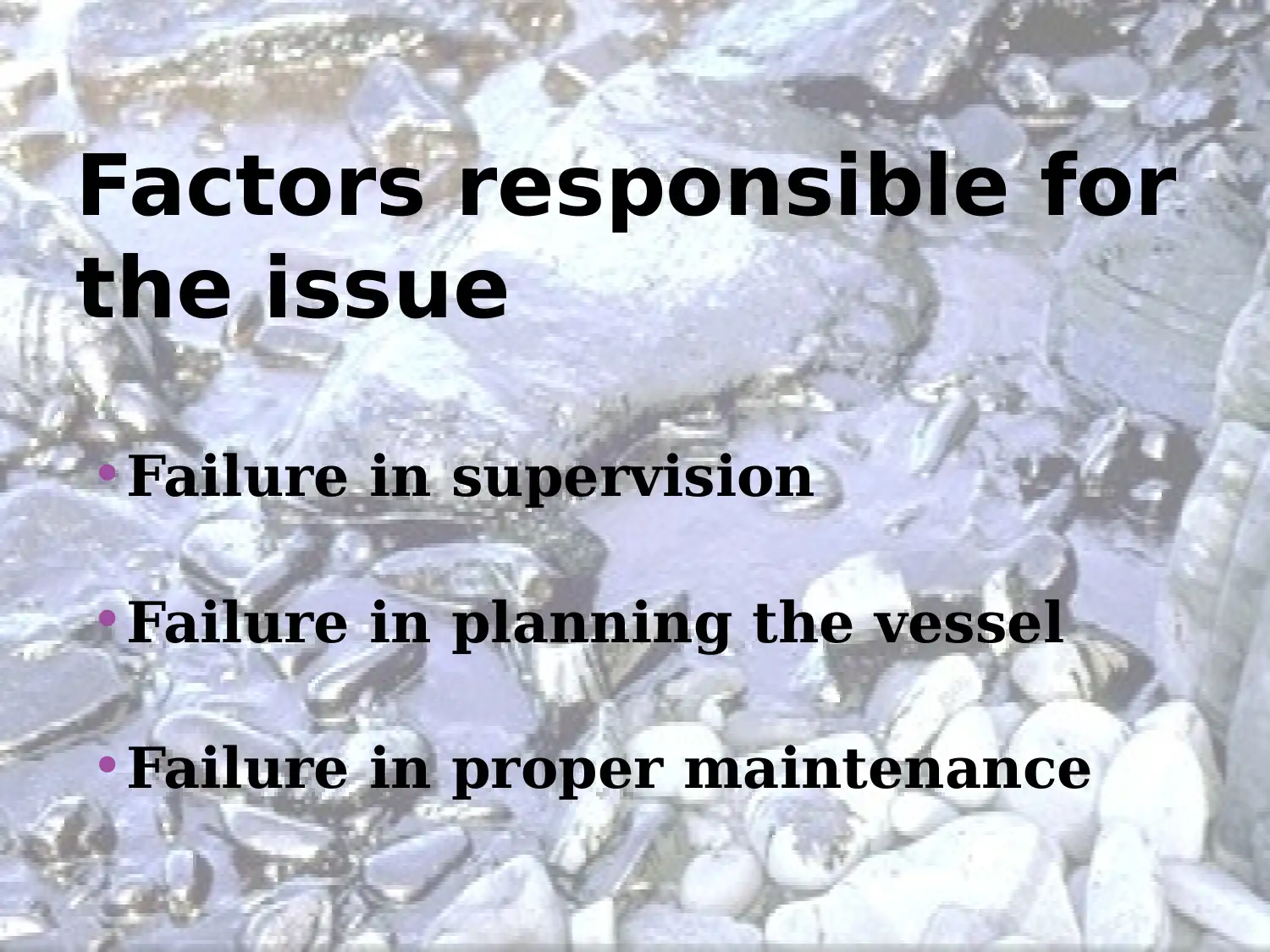
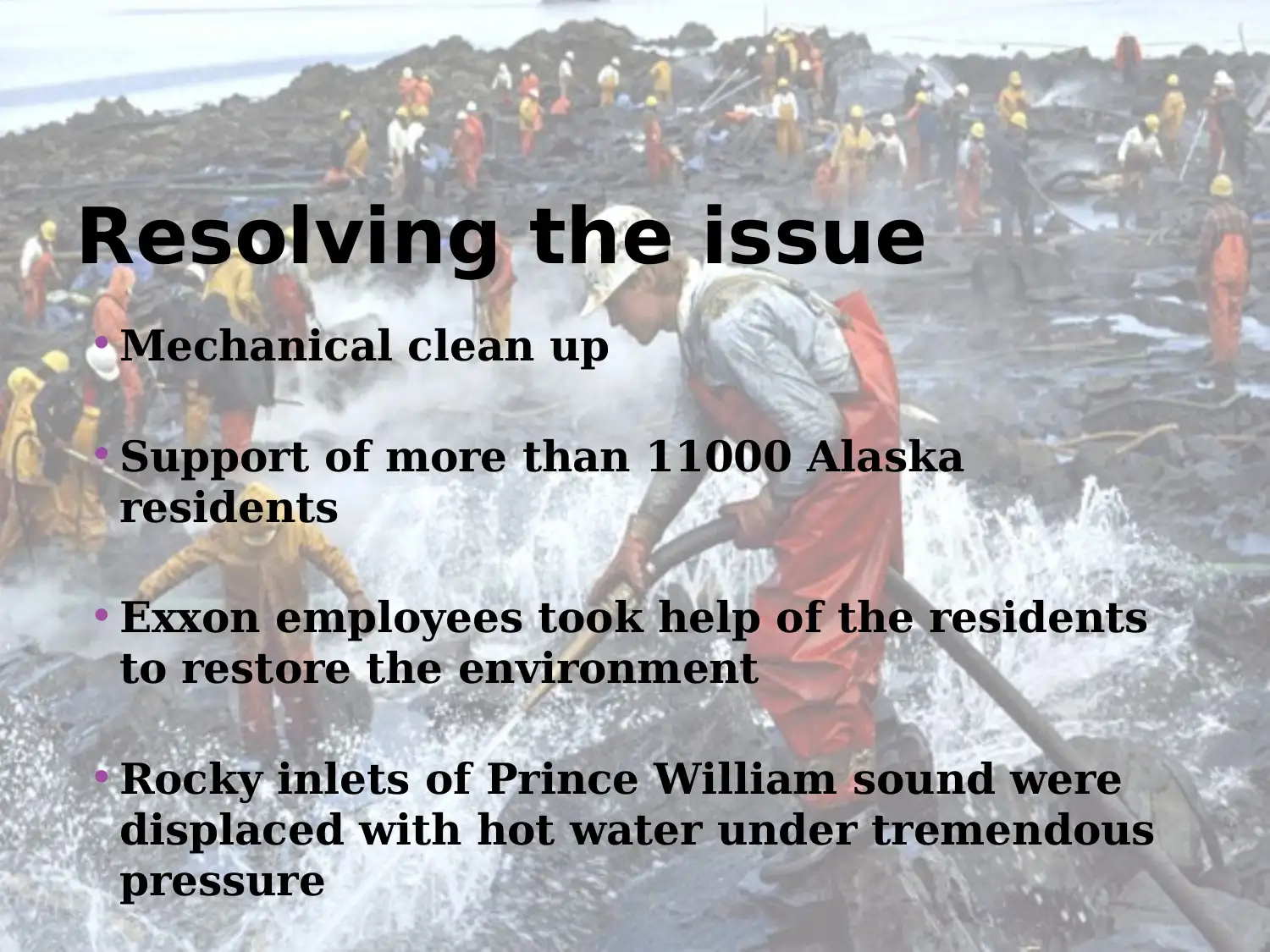
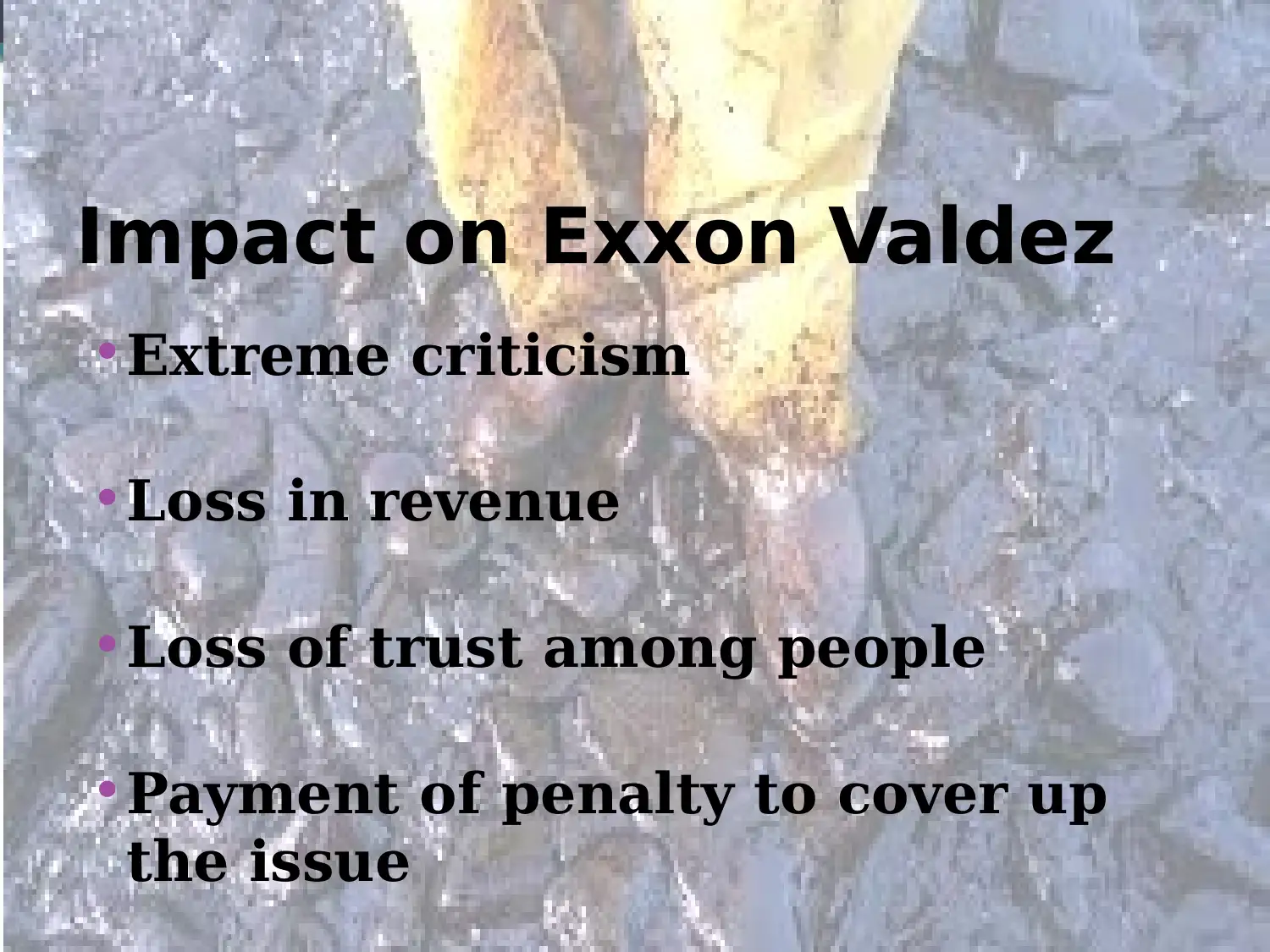
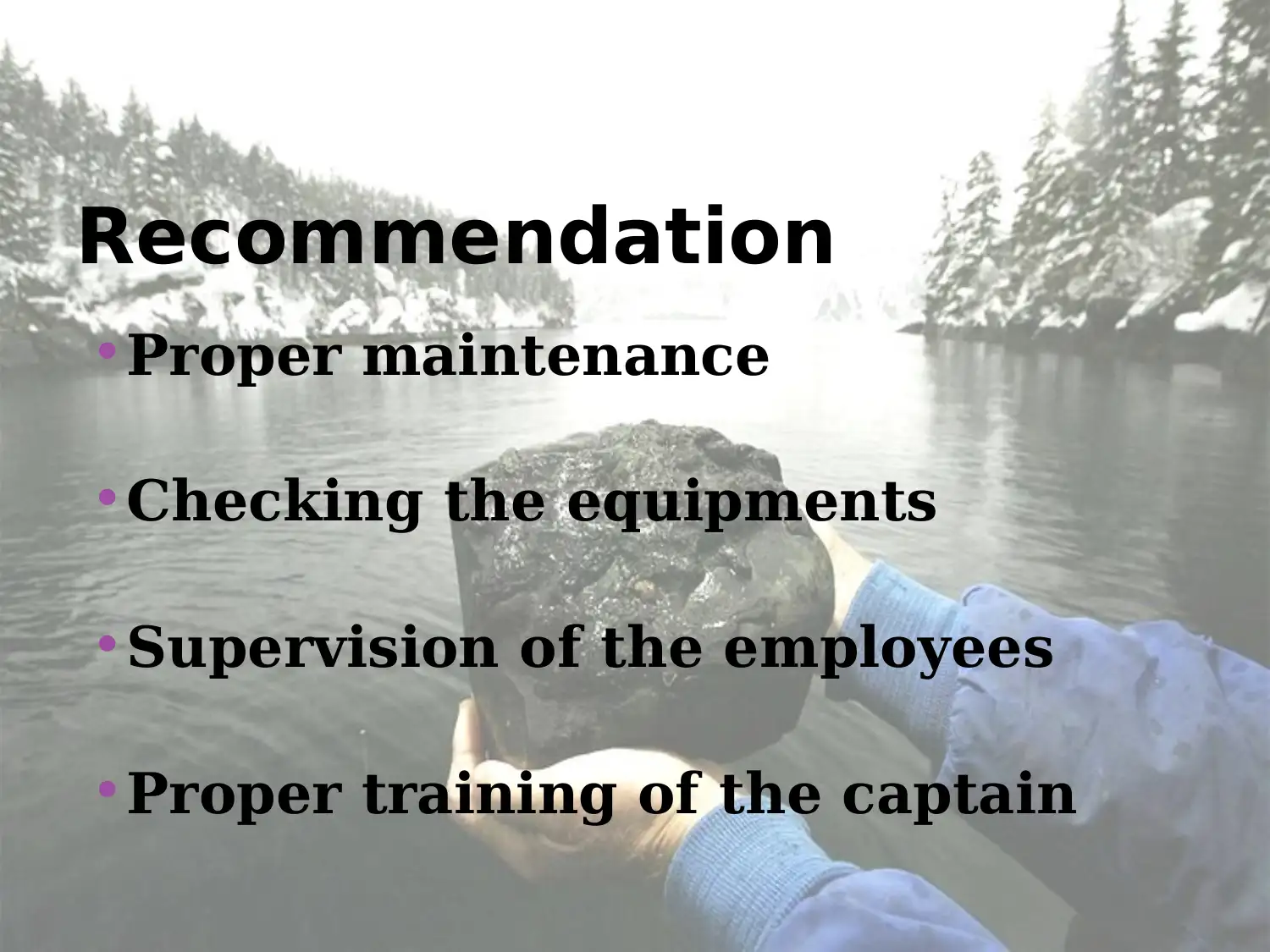
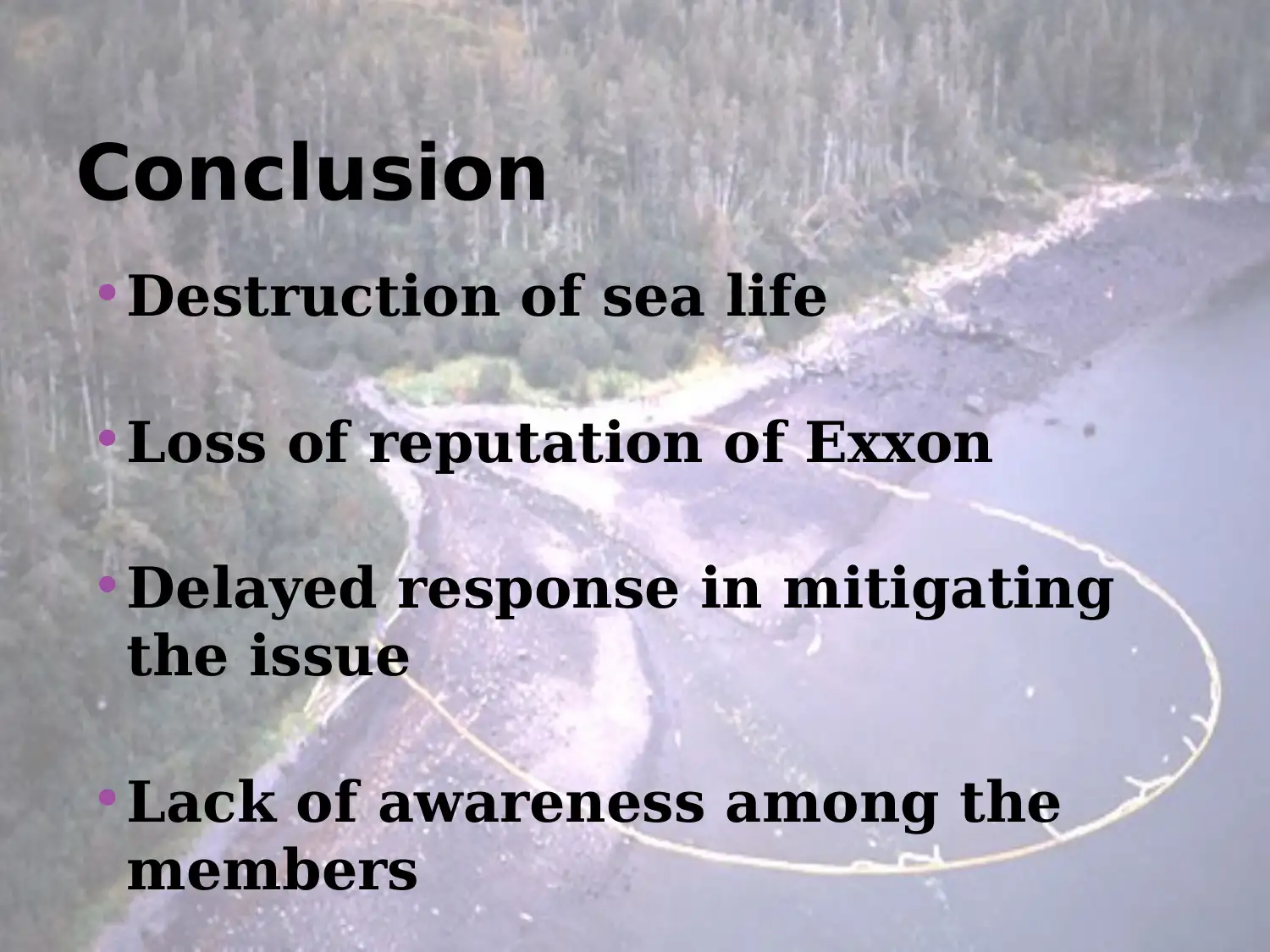
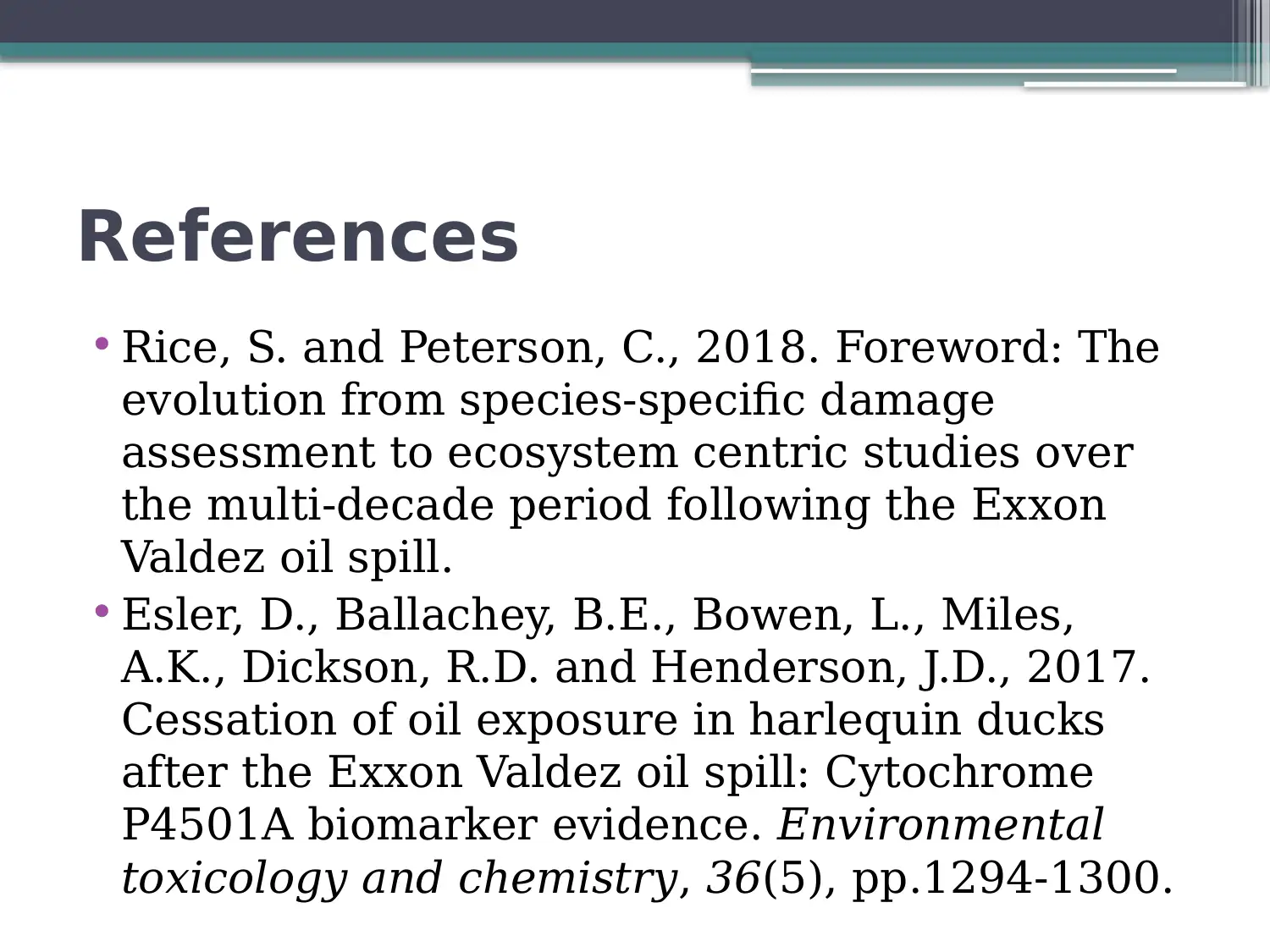
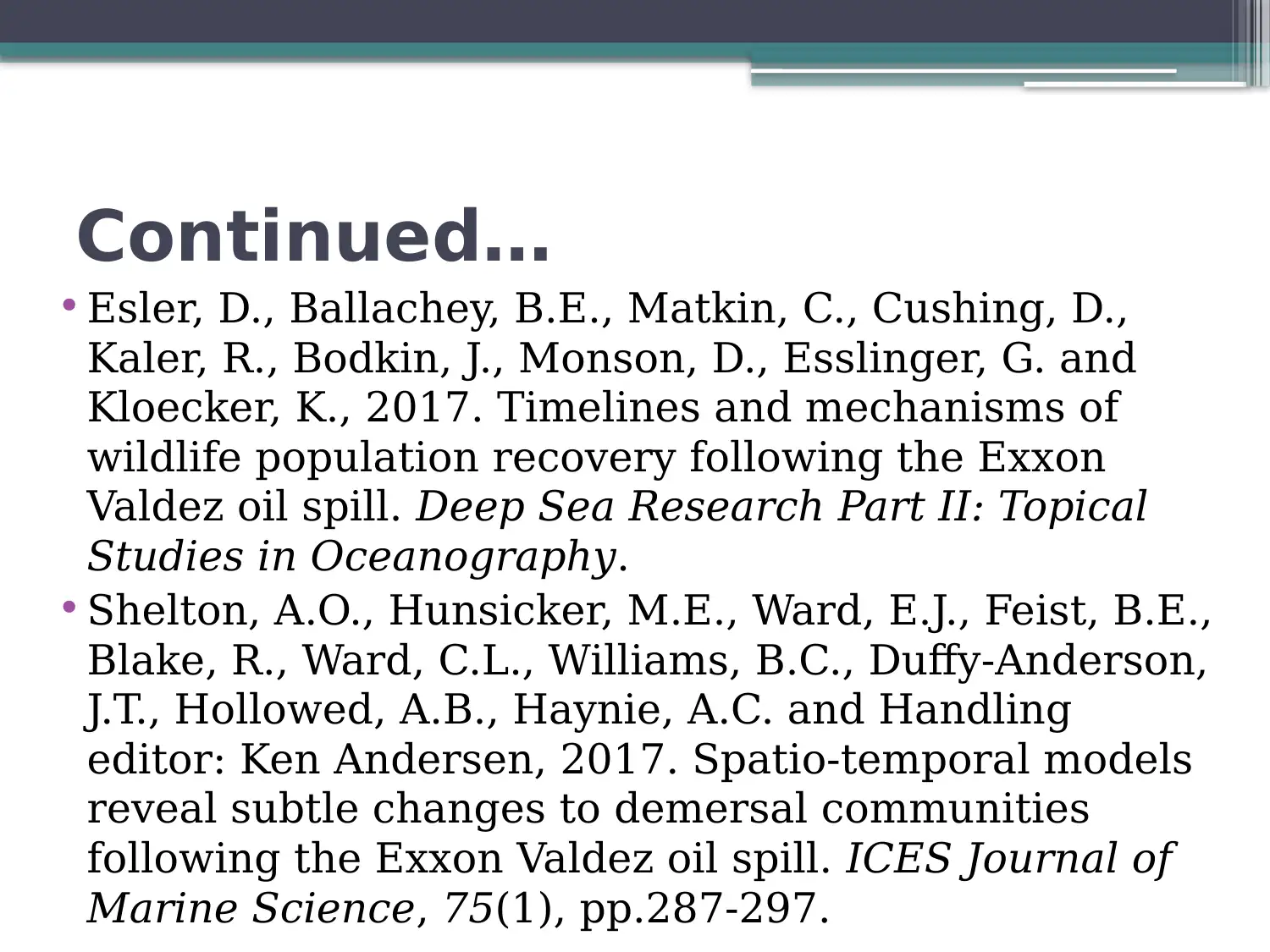

![[object Object]](/_next/static/media/star-bottom.7253800d.svg)